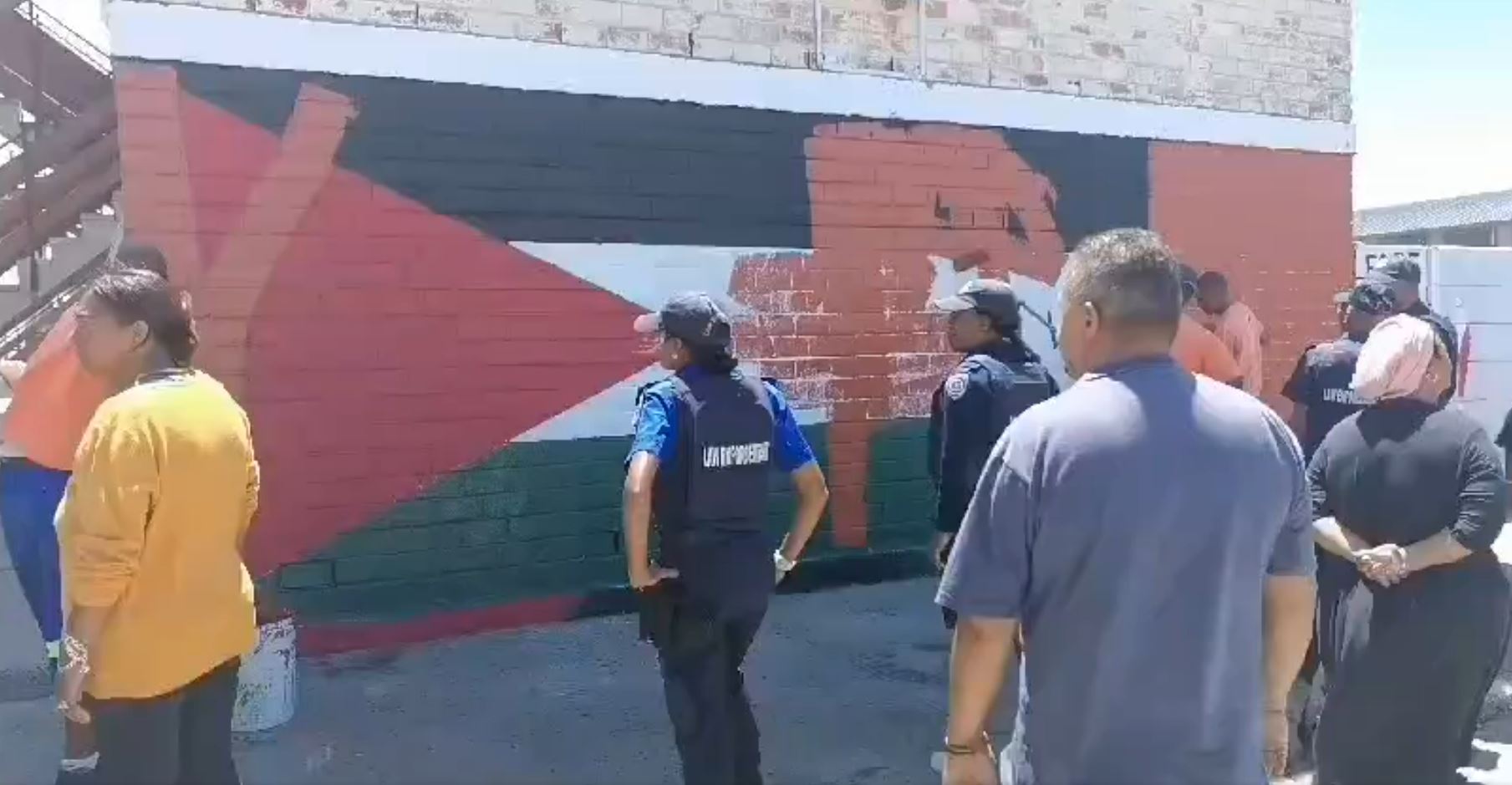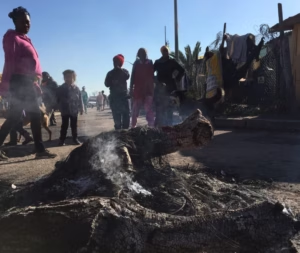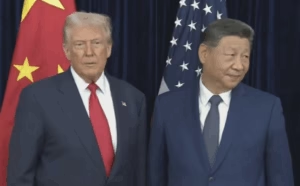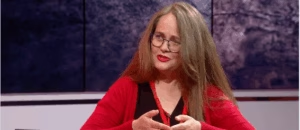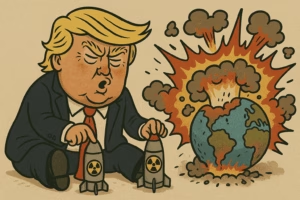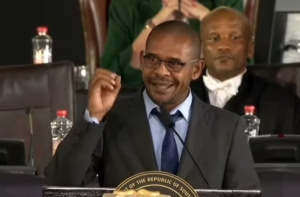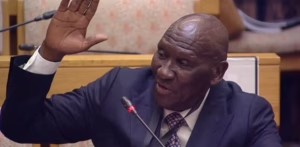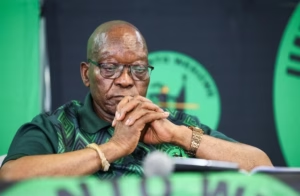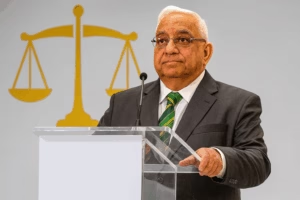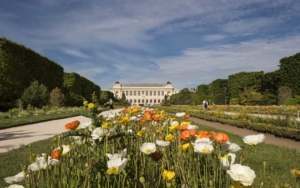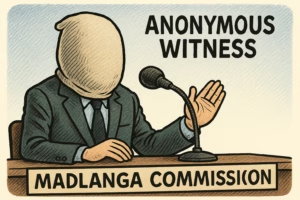The Cape Flats area, particularly Lavender Hill in Cape Town, has become a focal point of tension following the removal of a mural depicting the Palestinian flag by the City of Cape Town’s Law Enforcement. This action has sparked a wave of reactions among the local residents, some of whom perceive the removal as a sign of external influence over the Western Cape Government.
A group of residents expressed their concerns, suggesting that the decision to remove the mural indicates a Zionist control over the regional government. This sentiment reflects a broader issue of political and cultural representation in the area. Additionally, the incident has raised questions about the city’s priorities and resource allocation. Residents pointed out the irony in the city’s sudden attention to the mural, contrasting it with longstanding neglect of dilapidated buildings marked by graffiti for over two decades. This has led to speculation about the potential political repercussions for the Democratic Alliance (DA), with some residents predicting a loss of votes due to this incident.
This Naaiers never ever painted over a gang sign or even painted a house for that matter! Minieta… https://t.co/tP63E96UUO
— Youngsta Kaapstad (@YoungstaCpt) January 9, 2024
City of Cape Town’s Stance
In response to the unfolding situation, the City of Cape Town issued a statement addressing the mural’s removal. The city clarified that the community members responsible for the mural had agreed to seek official permission for its reinstallation. This agreement was reached after discussions with officials from the Graffiti Unit.
The city further explained that the building on which the mural was painted is a public structure, comprising Council-owned affordable rental units. As per the city’s regulations, particularly the Graffiti by-law of 2010, Section 9 outlines the process for artists or organizations to obtain a Public Art Permit. This procedure is a standard requirement for the installation of artwork on public buildings.
Just by the way. To anyone who doesn’t live or even go through the cape flats. There’s graffiti all over our communities. Some going back decades that people my age known since childhood, faded. Some creative & some derogatory. But a flag is where they draw the line apparently https://t.co/SbUobfxALK
— we are so back 💋 (@ThatOnePoes) January 9, 2024
Broader Implications
The incident in Lavender Hill raises significant questions about artistic expression, political representation, and bureaucratic processes in public spaces. The removal of the mural and the subsequent reactions from the community highlight a complex interplay of cultural, political, and social dynamics in the region. The city’s response, emphasizing procedural adherence, contrasts with the residents’ expressions of cultural and political identity, underscoring the ongoing challenges in balancing governance with community sentiments.
God forbid the City does anything about crime, service delivery and accessibility on the Cape Flats, but a Palestinian flag is all it takes apparently. https://t.co/pj1SkdJN7C
— 🌱✨ The Fault in our Gwaais ✨🌱 (@AlaricPrins) January 9, 2024

